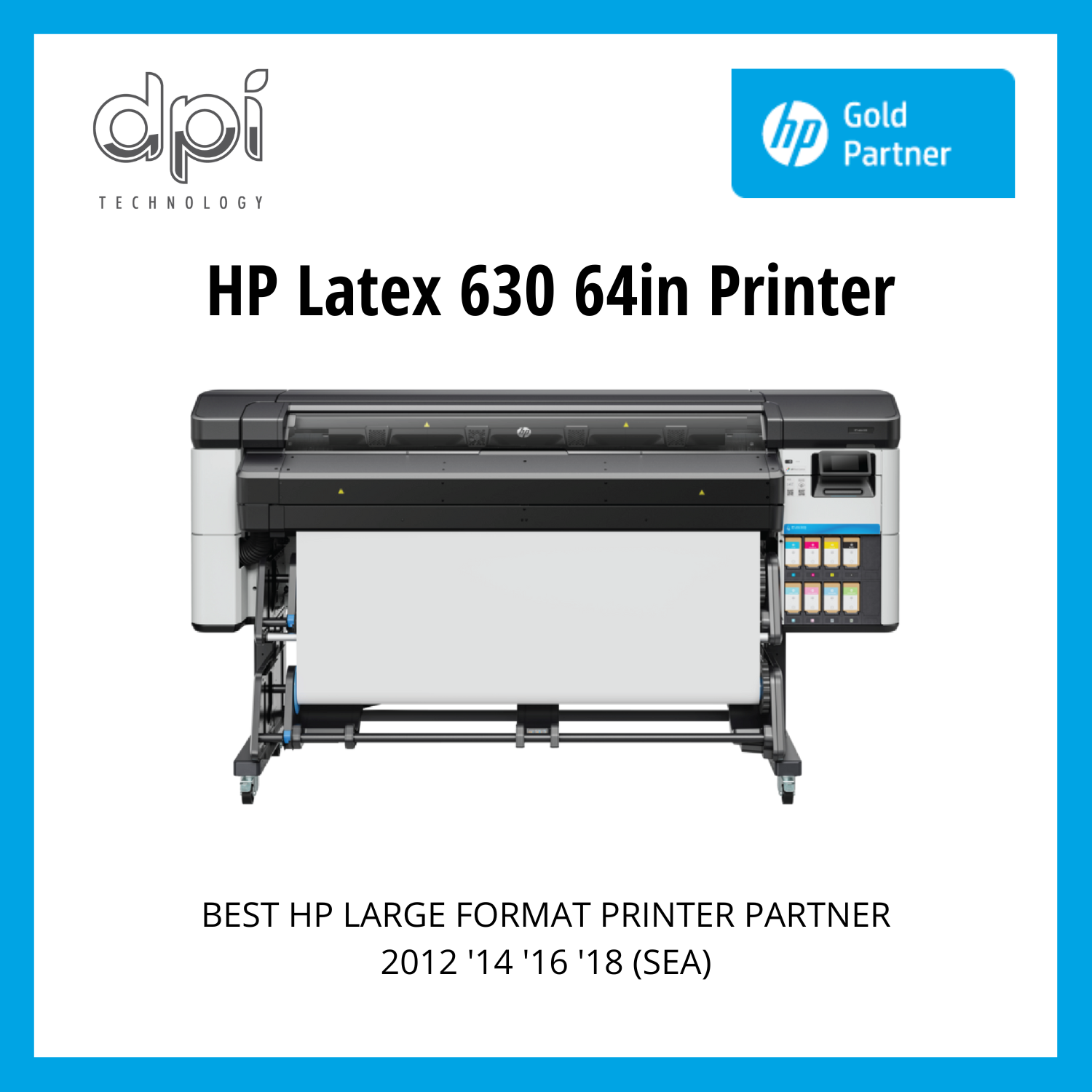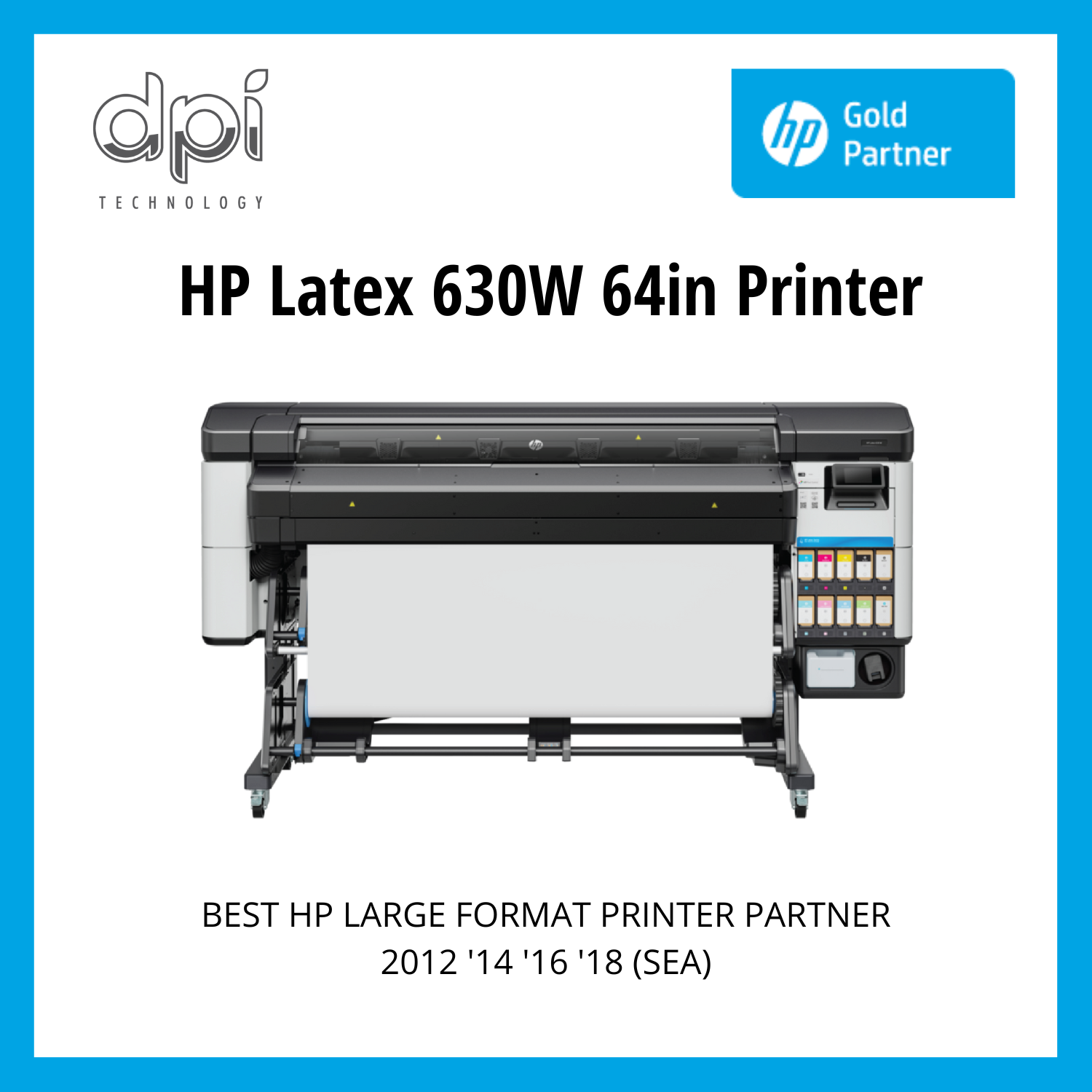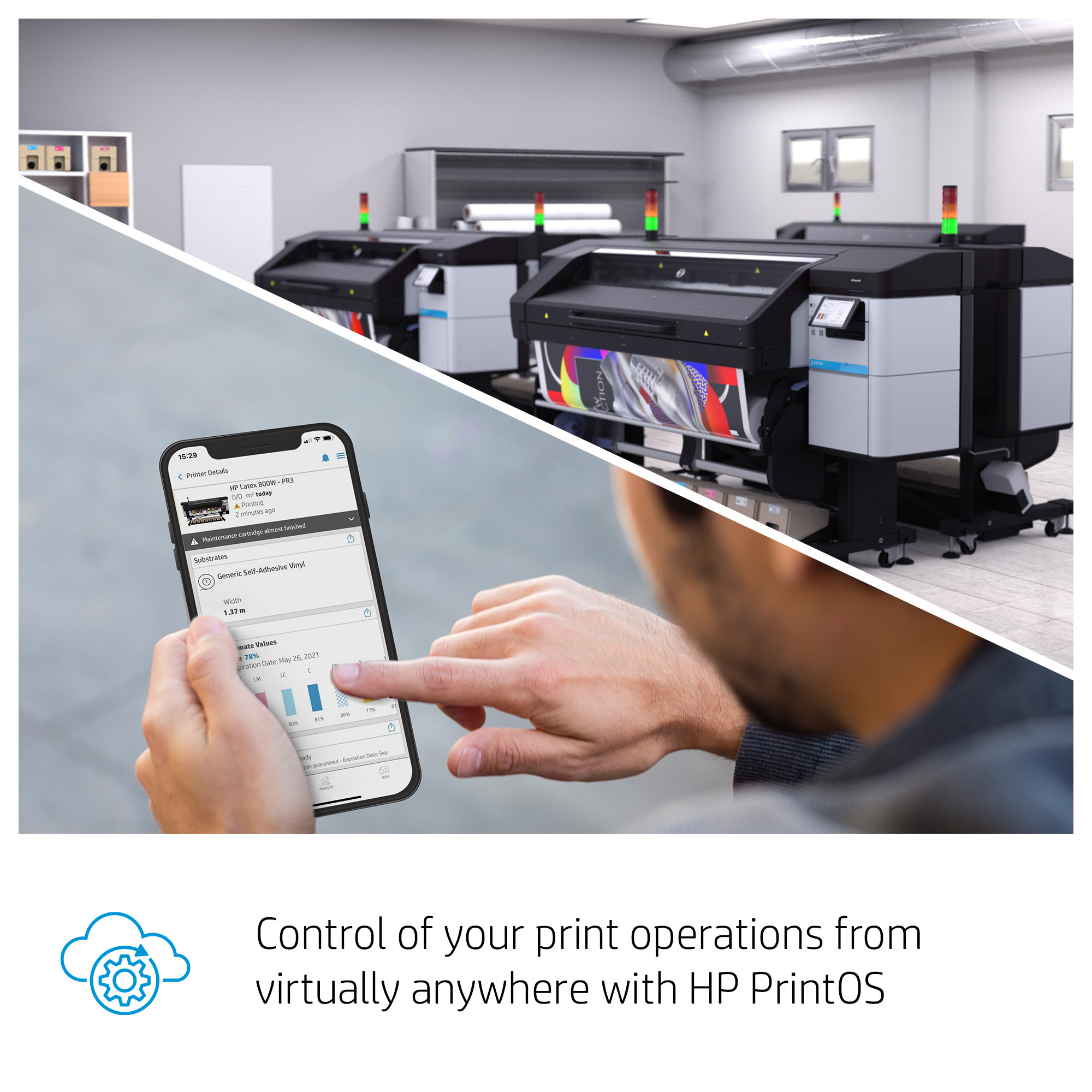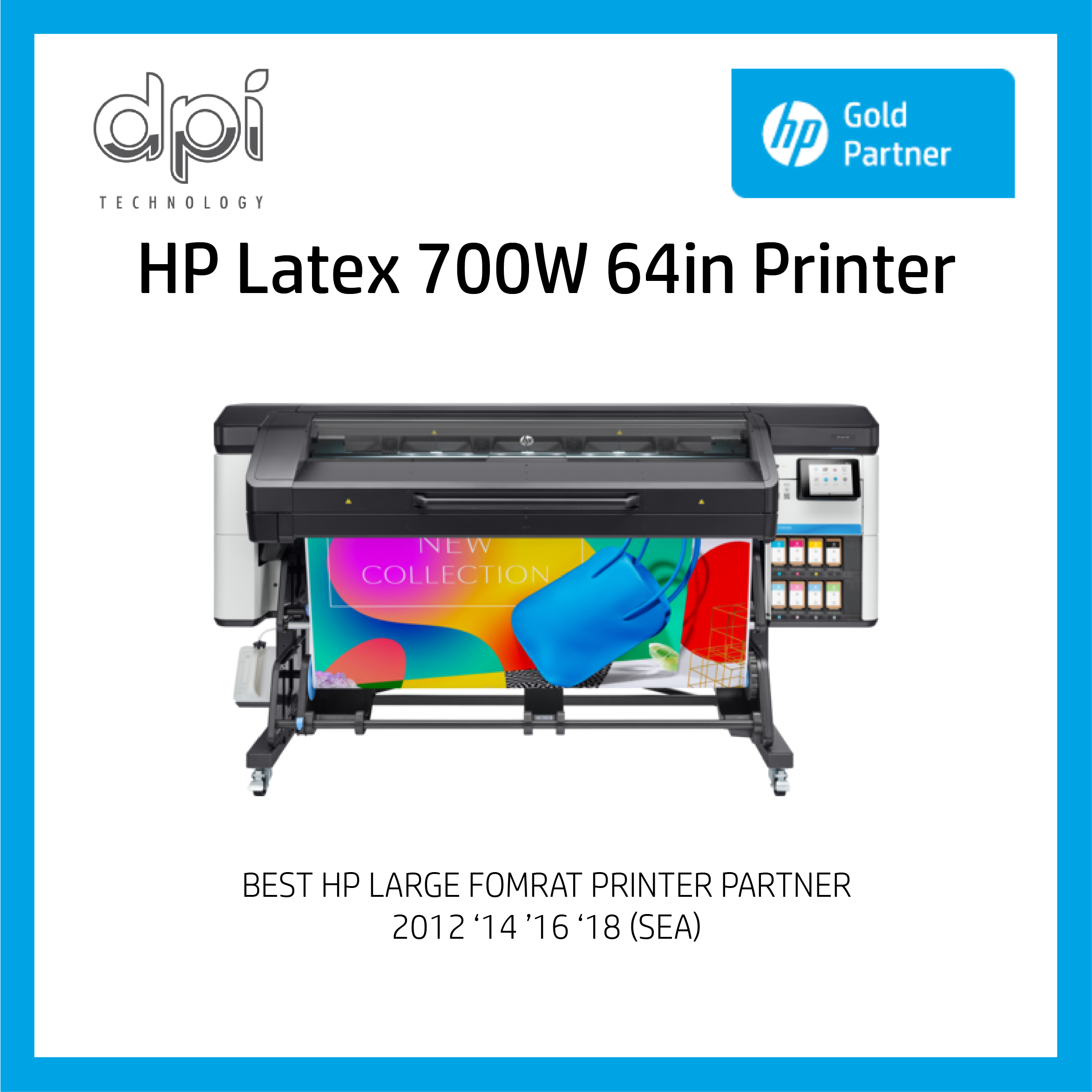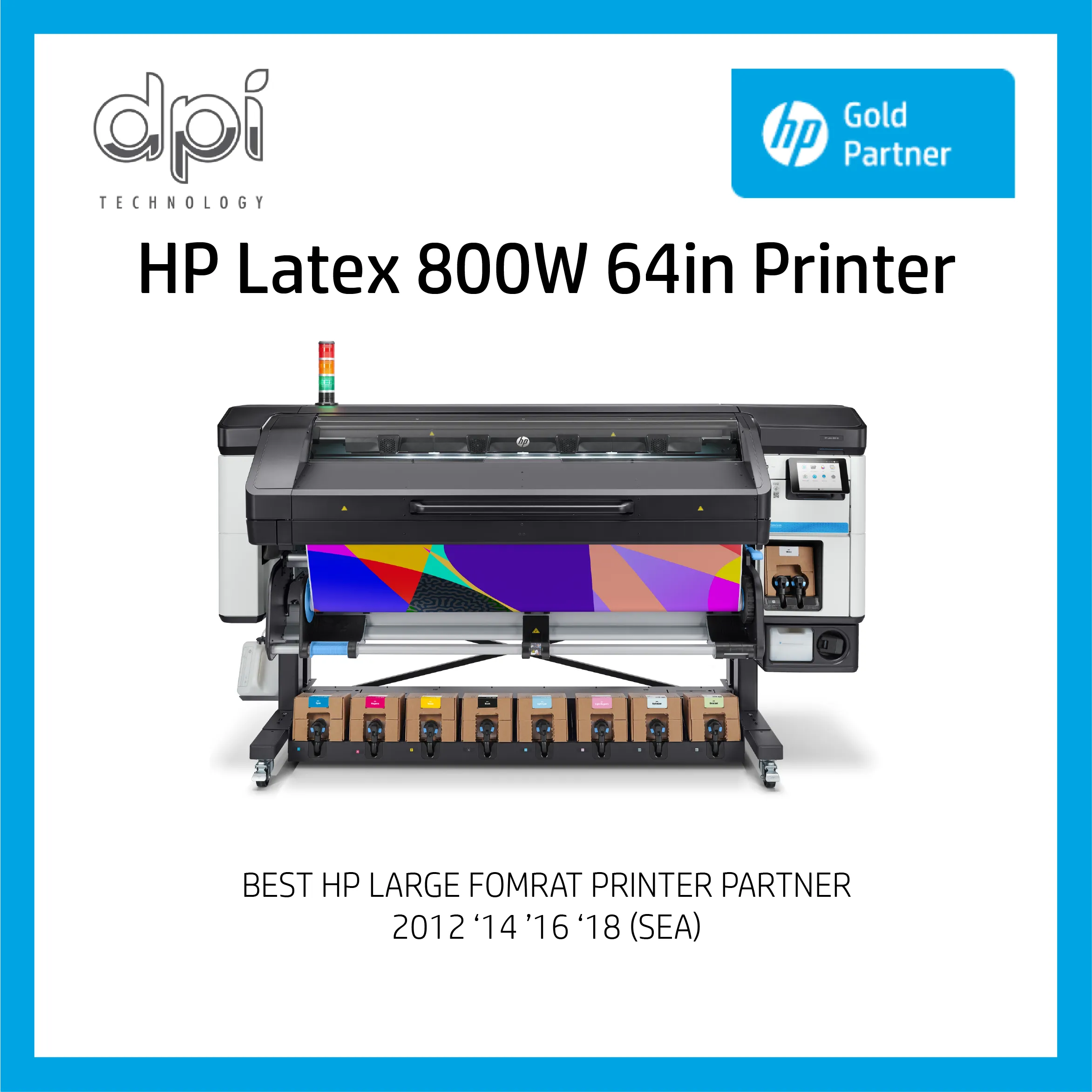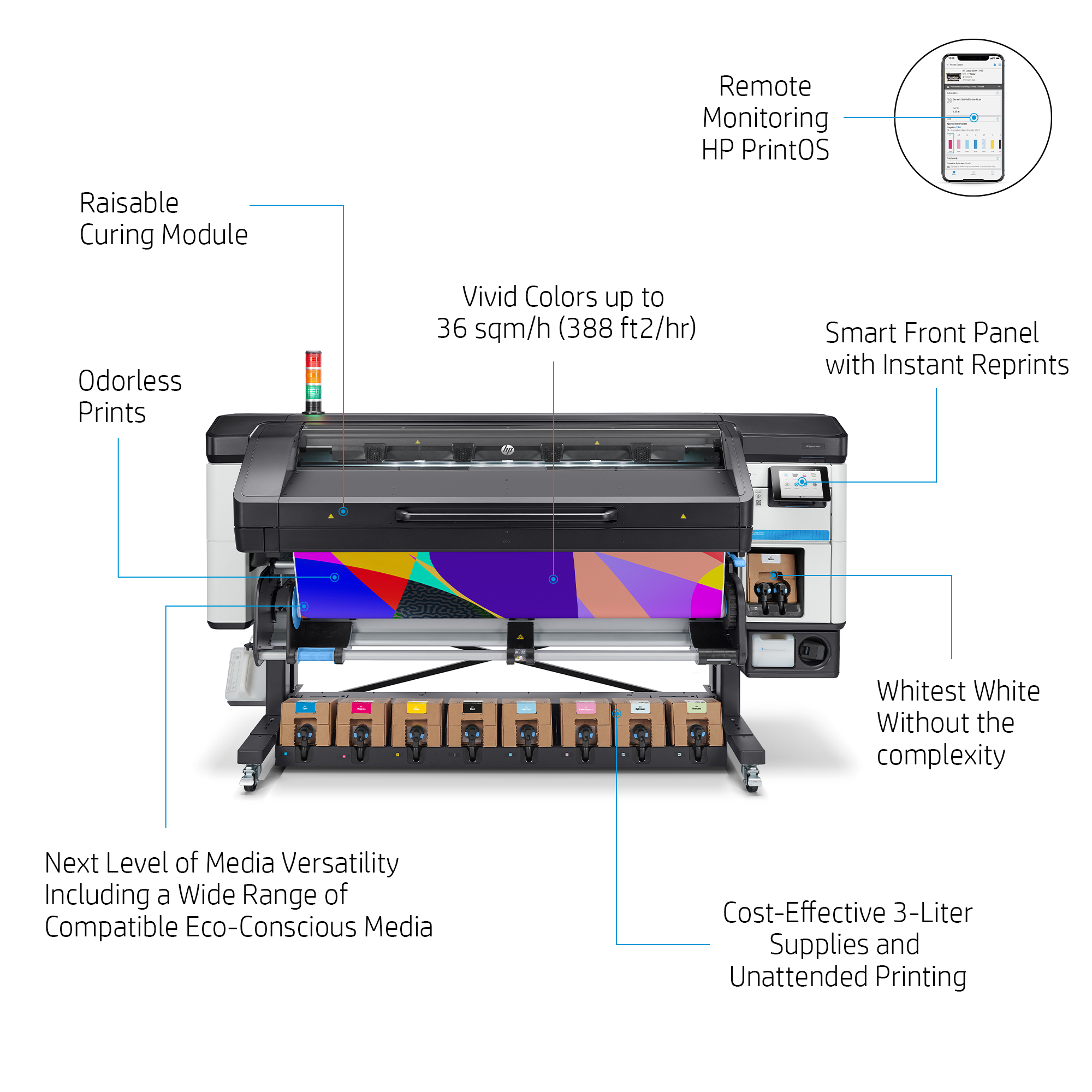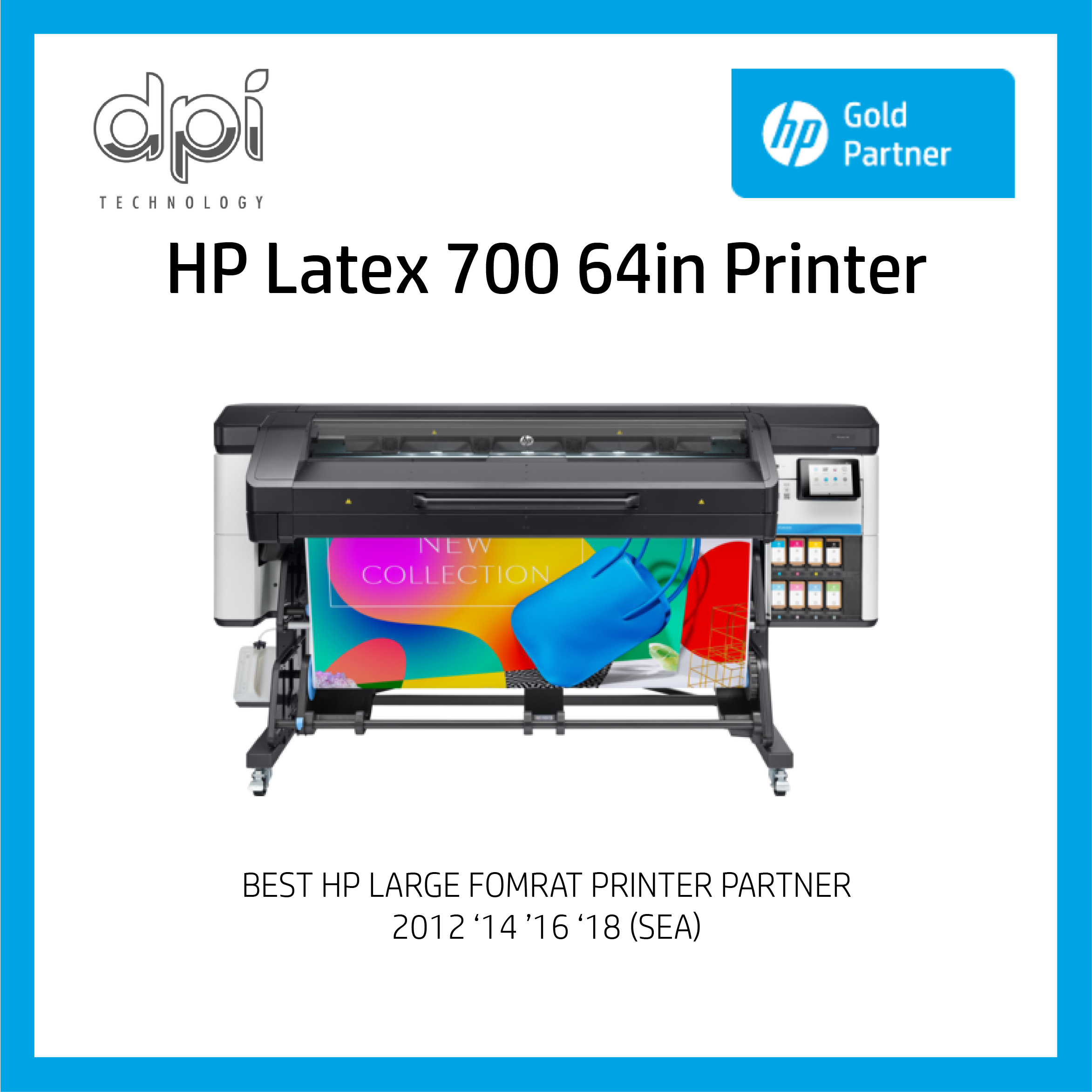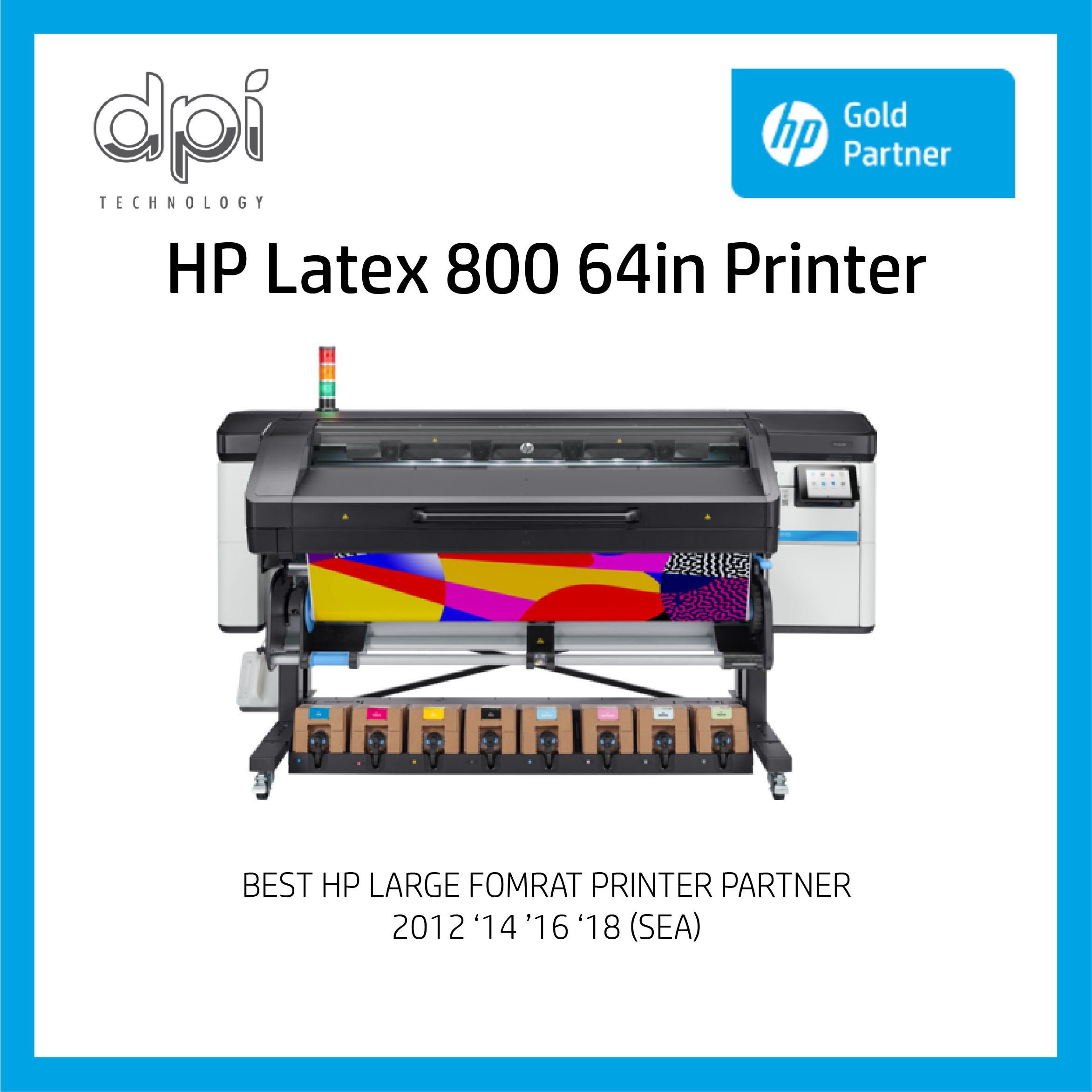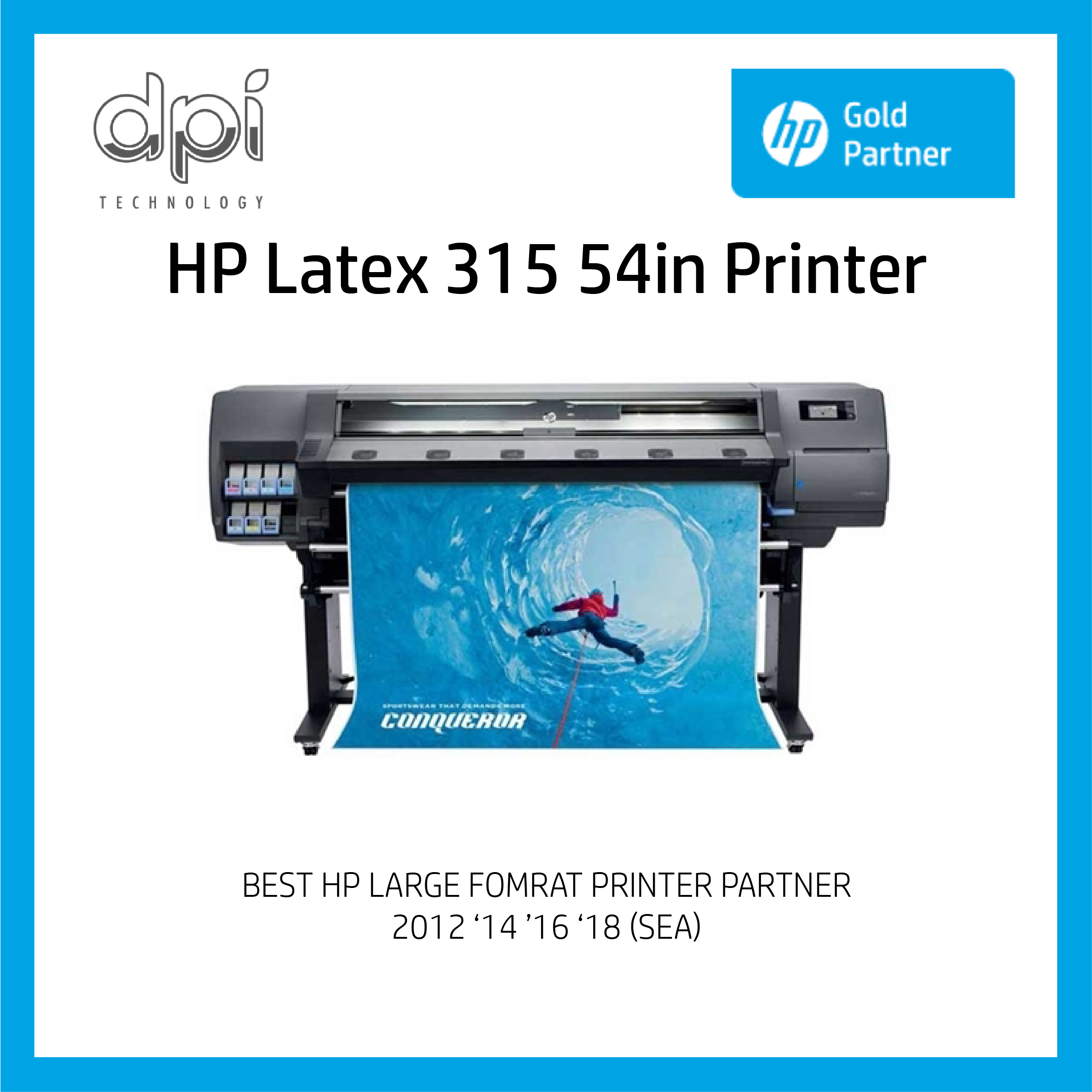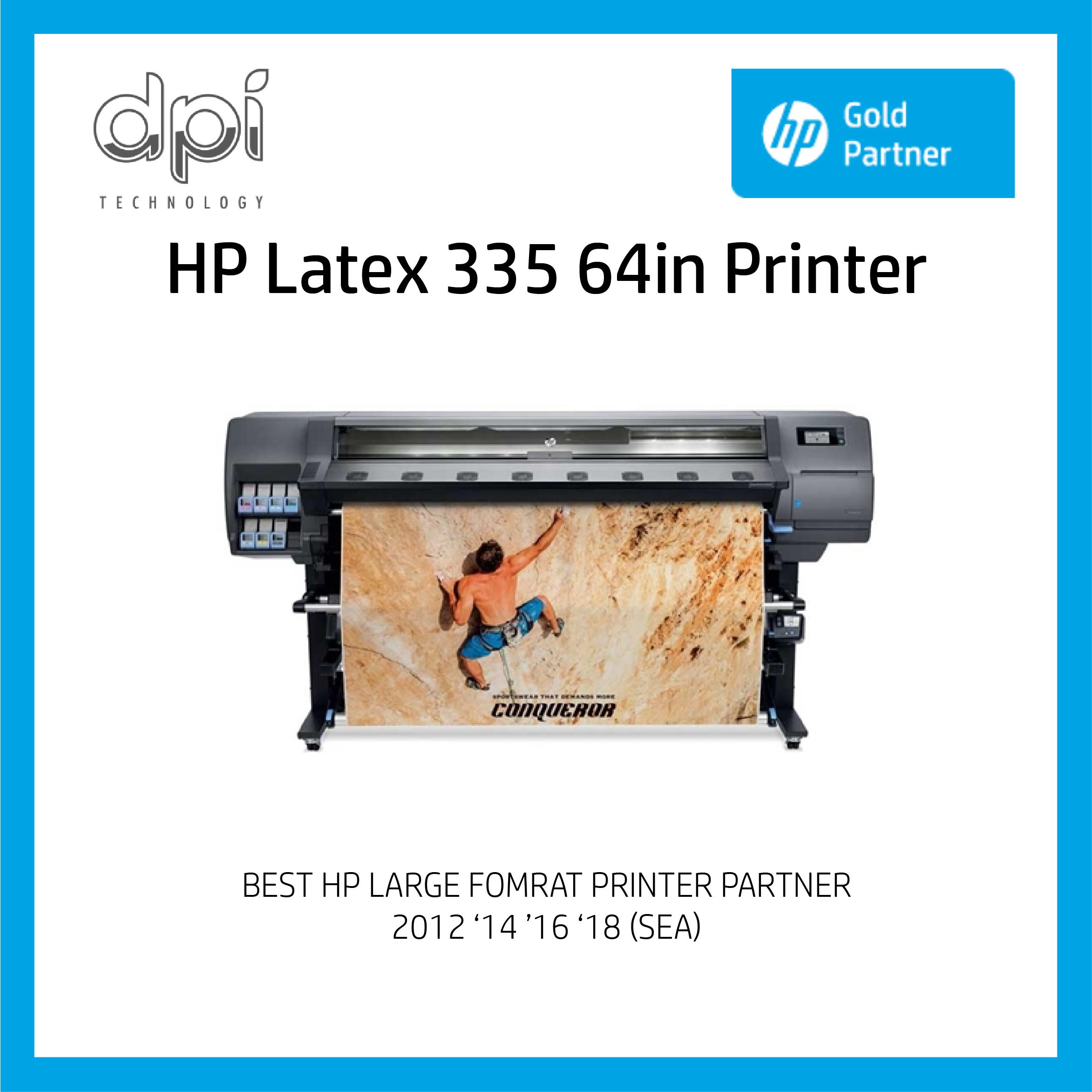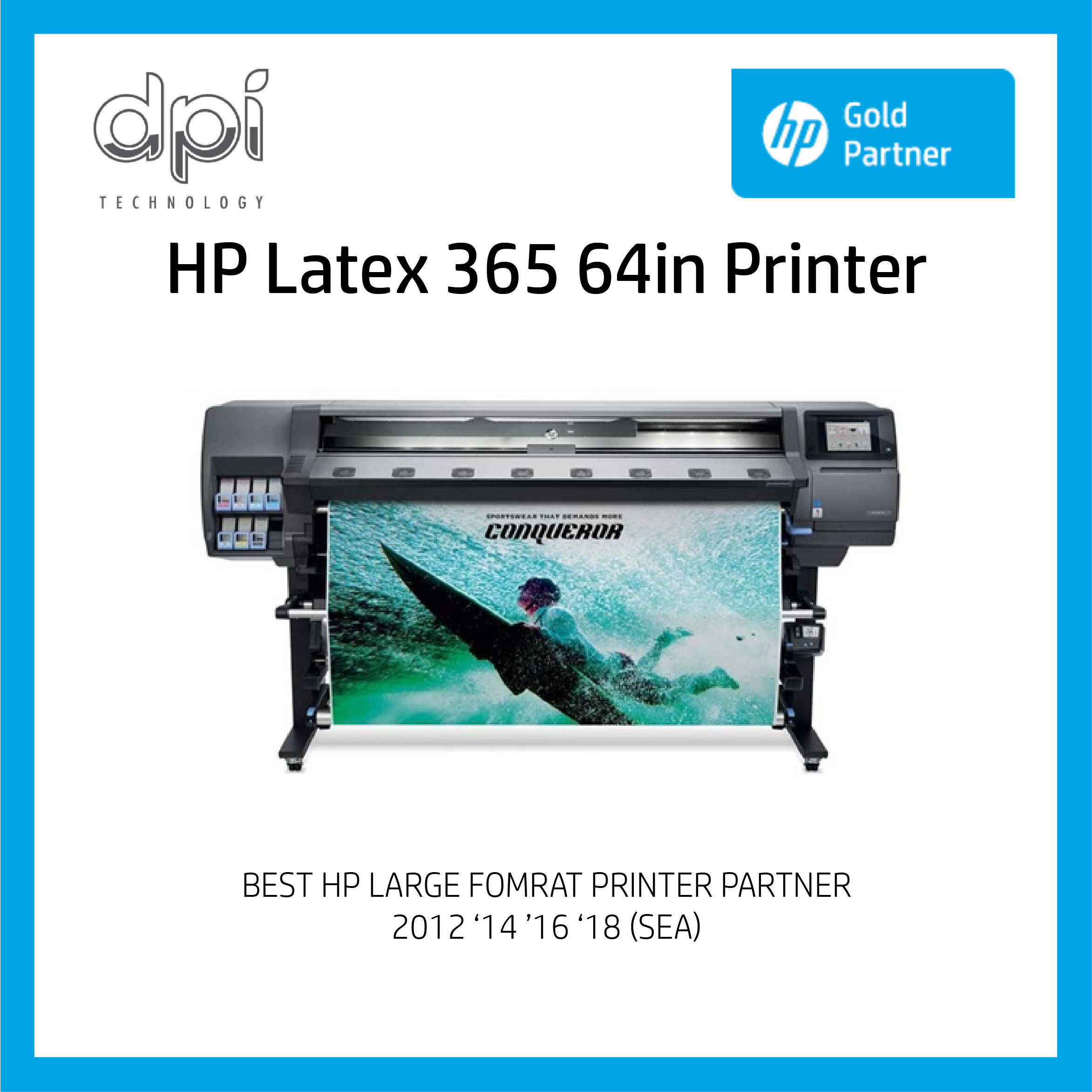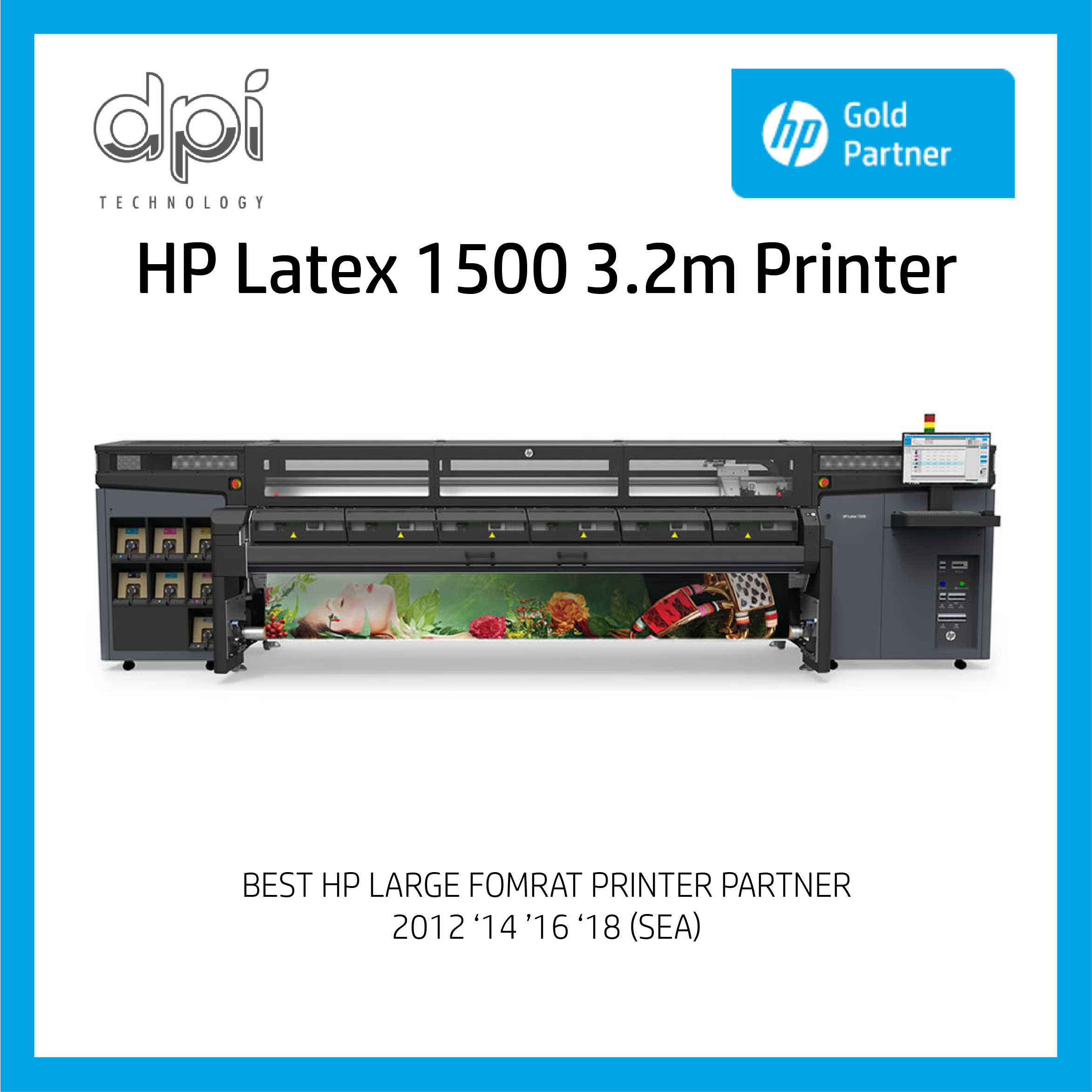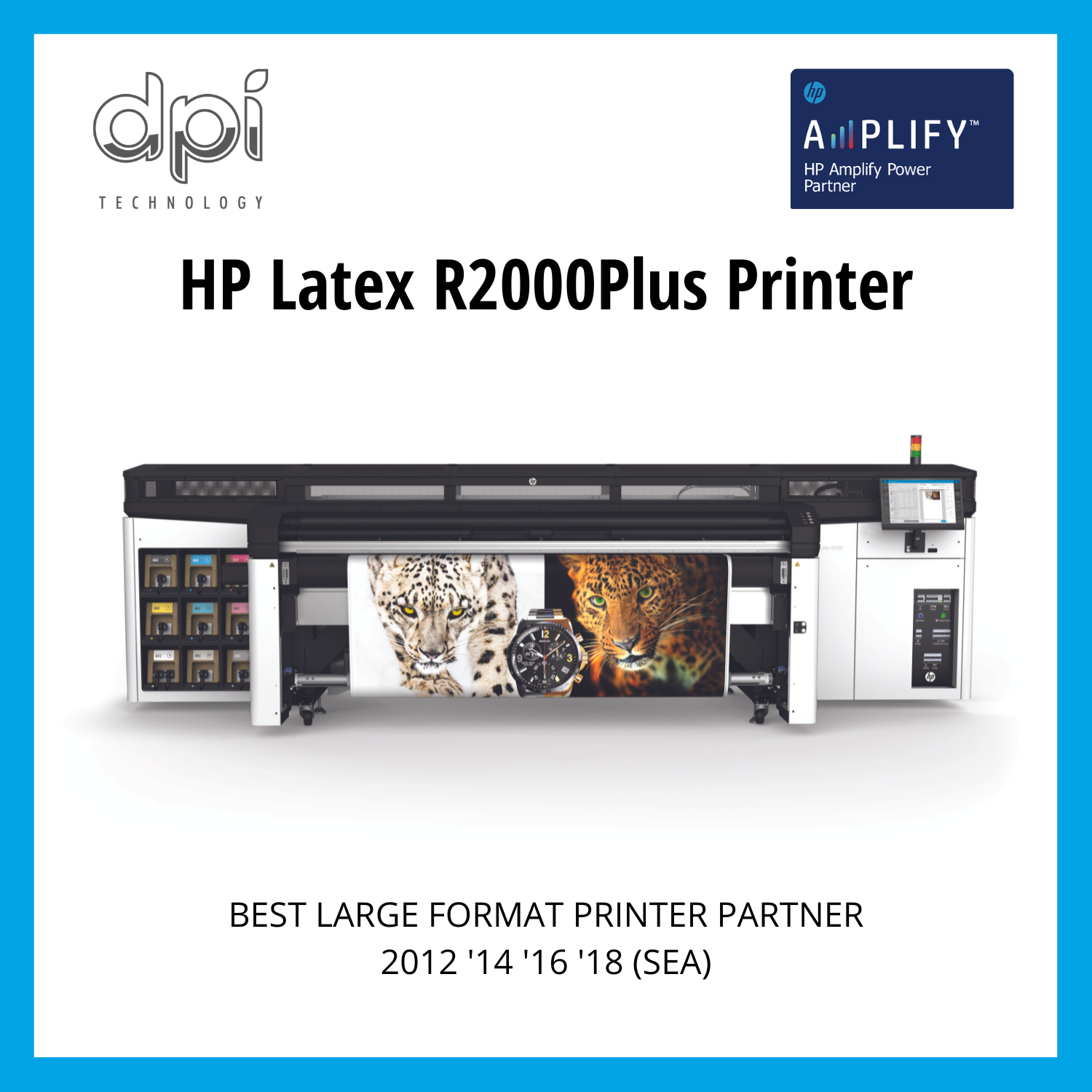HP Latex Wide Format Printers | Eco-Friendly Signage Solutions
HP Latex Printing Technologies deliver durable, odorless, and eye-catching wide-format prints, positioning them as the leading choice for eco-friendly wide format printing. These water-based signage printers and inks offer significant environmental benefits, including low VOCs, a wide selection of media with an environmental profile, and certified indoor air quality. Learn more about HP Latex technology on our blog.
Why Choose HP Latex?
HP Latex Technology is unique in its ability to print on virtually any substrate with eco-friendly water-based inks that offer the durability of solvent inks.
Explore the features, applications, and available models below to see how HP Latex can transform your business with healthier printing and faster turnaround times.
Key Technology Advantages
Innovative water-based latex inks cured instantly with heat. Superior scratch resistance and vibrant color with significantly reduced VOCs.
Print seamlessly on vinyl, textiles, paper, canvas, and wall coverings. Essential for indoor signage, vehicle graphics, and soft signage.
Meets stringent standards like UL ECOLOGO® and GREENGUARD GOLD. Perfect for sensitive locations like schools and healthcare.
Produces prints with extremely low odor, allowing for immediate installation in retail and indoor environments without ventilation.
Prints come out completely dry, allowing for immediate trimming and lamination. drastically reducing turnaround time.
Frequently Asked Questions
HP Latex inks are water-based and contain significantly lower levels of VOCs compared to solvent inks. They are certified by UL ECOLOGO® and GREENGUARD GOLD, making them safe for sensitive environments.
Yes! HP Latex prints offer excellent outdoor durability comparable to solvent-based inks. When properly laminated, they withstand harsh weather and UV exposure.
HP Latex is incredibly versatile, printing on vinyl, textiles, paper, canvas, wall coverings, banners, mesh, and many specialty materials.
Applications Gallery
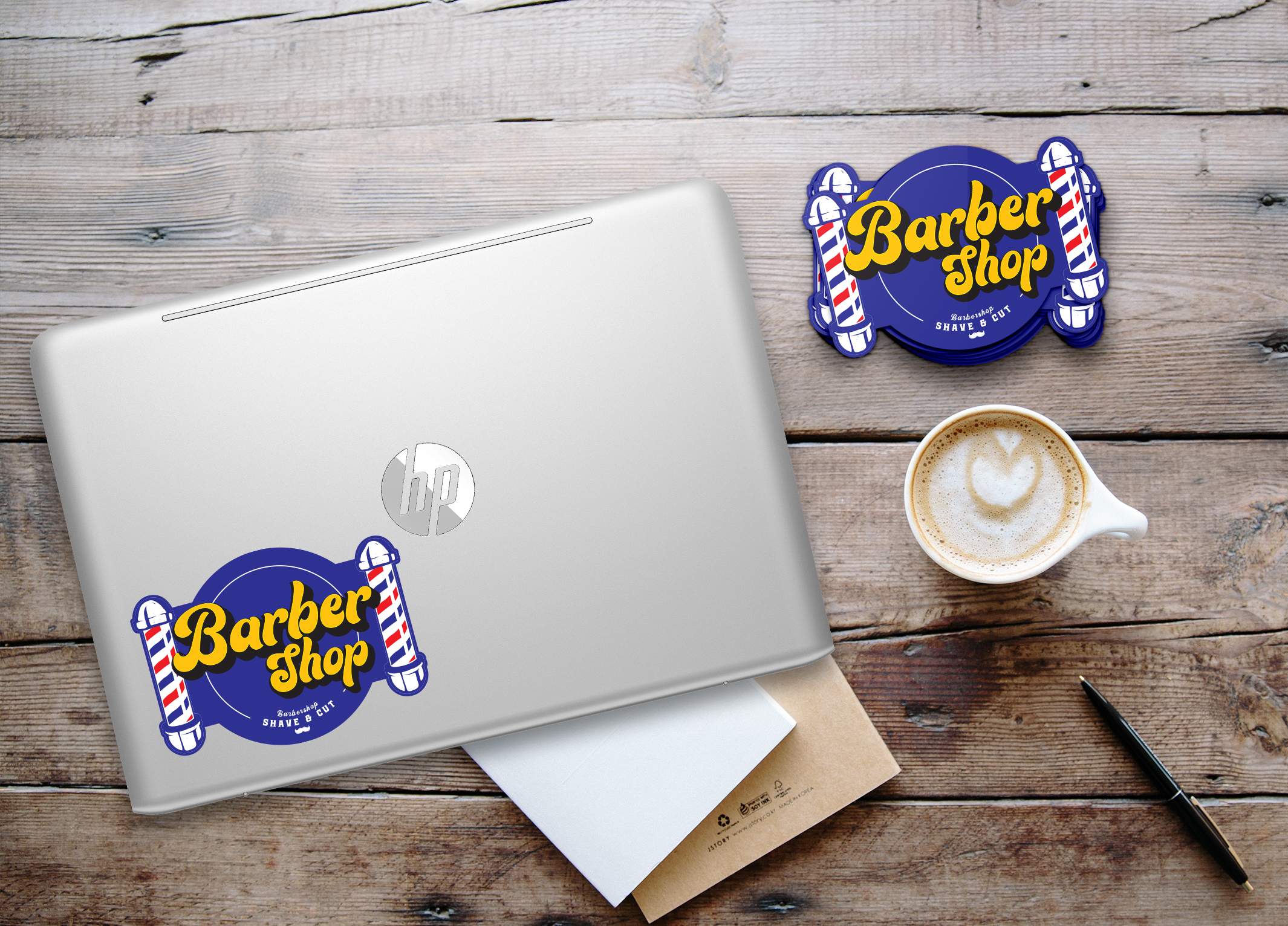


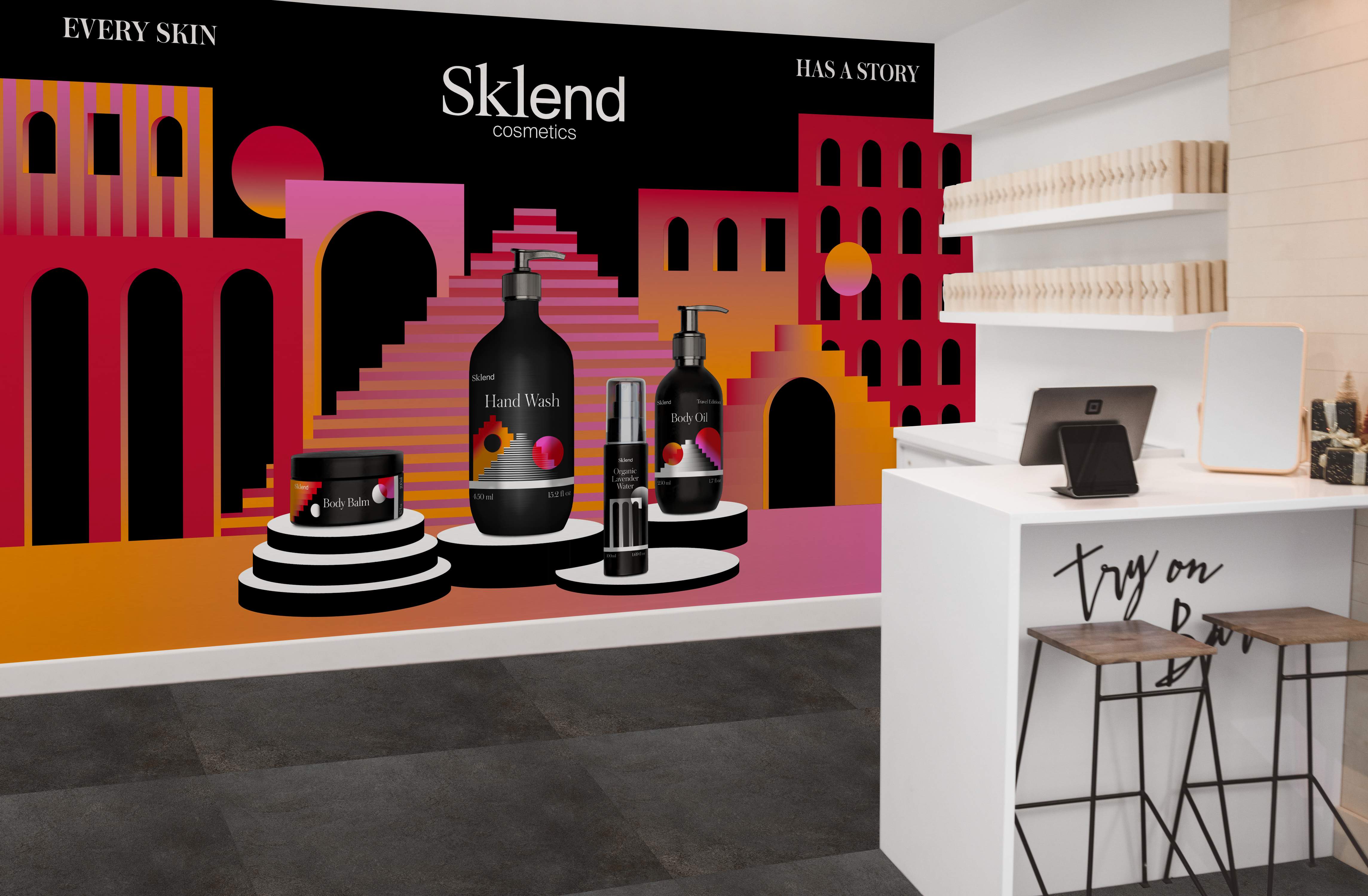
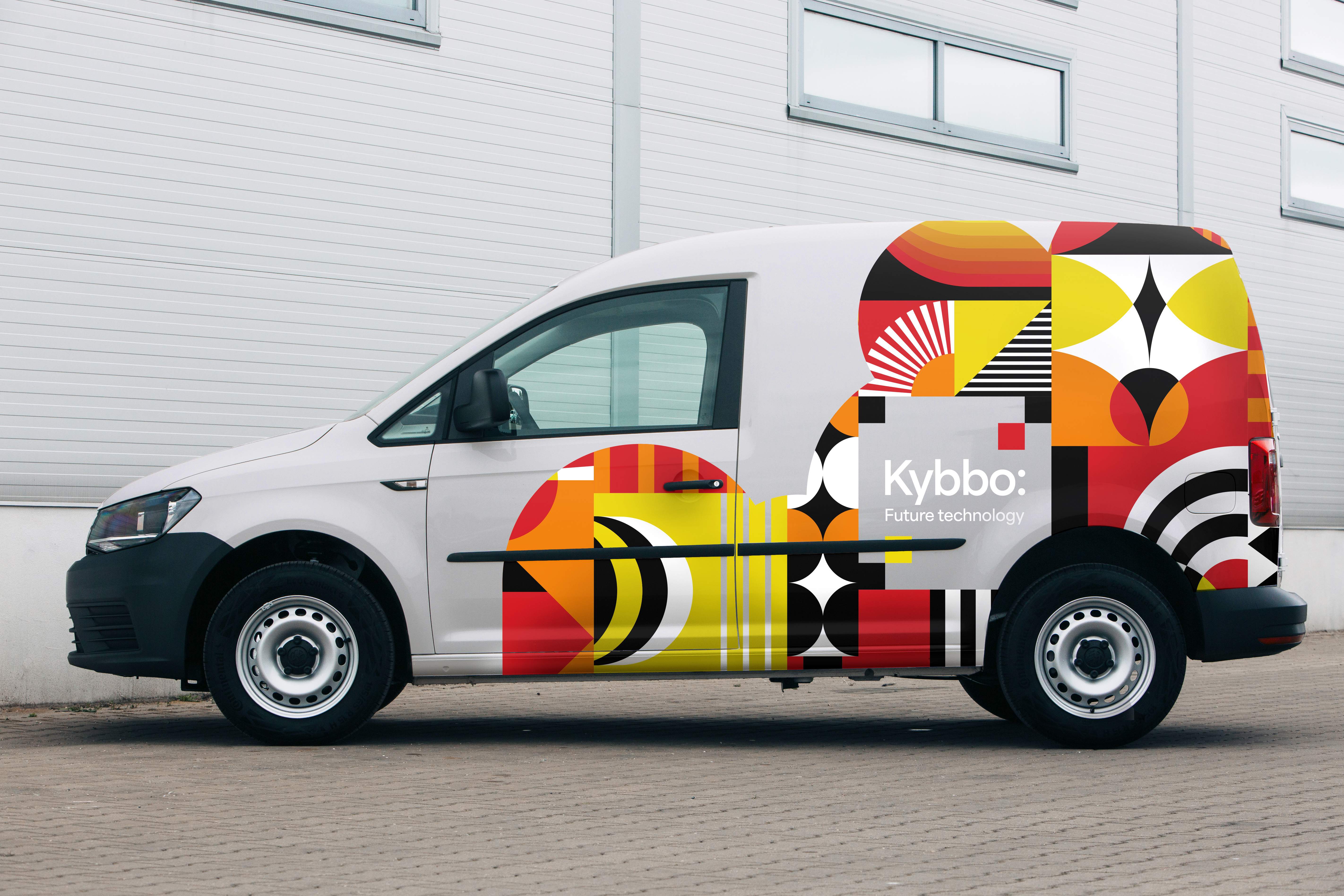

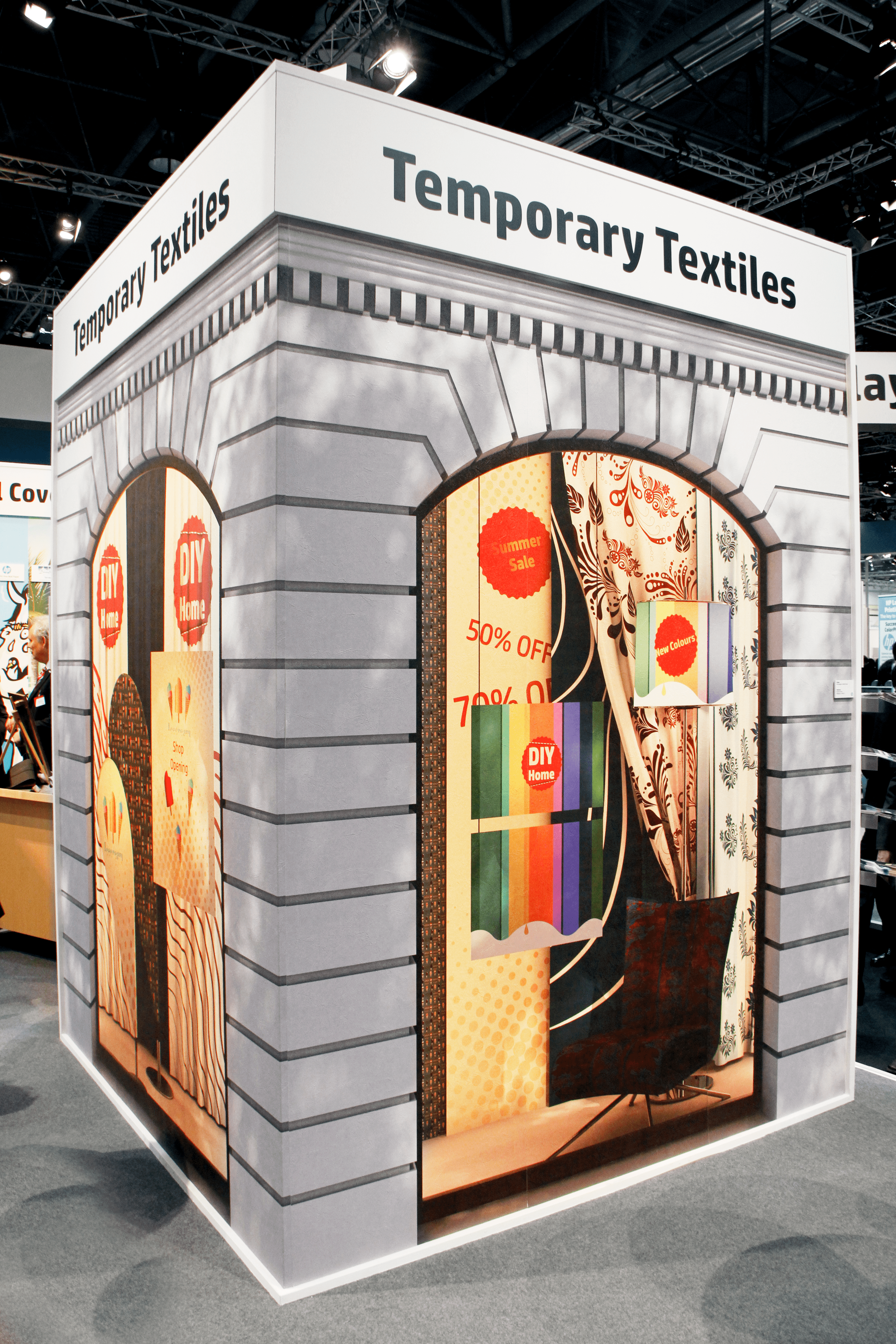
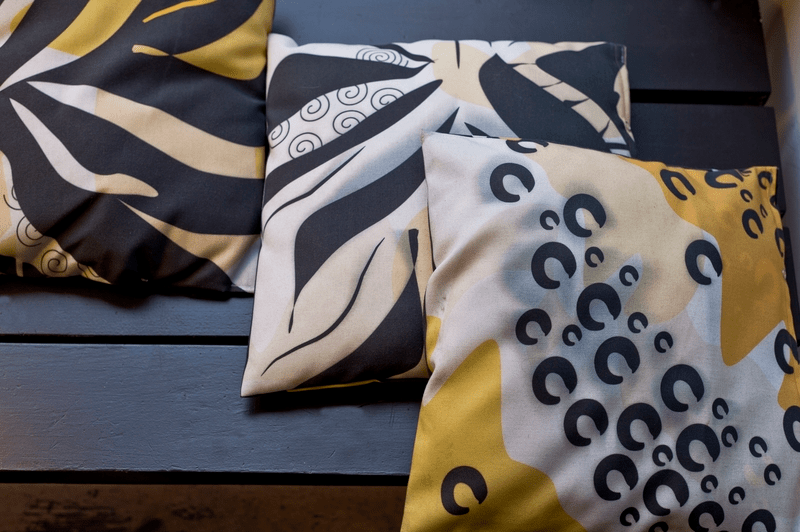
Use Cases
Produce vibrant, odorless retail graphics for immediate installation. Perfect for window displays, in-store signage, and promotional banners.
Create stunning custom wall murals and wallpapers. The low odor and certifications make it ideal for homes, hotels, and restaurants.
HP Latex In Action
Support Resources
Access specs, user manuals, and maintenance guides. Learn about optimal print settings and troubleshooting.
We provide comprehensive training on operation and color management. Contact us to schedule sessions.
Available HP Latex Models
Ready to Upgrade?
Contact our HP Latex experts today to find the perfect printer model that meets your production needs and environmental goals.
Request a Quote Now
